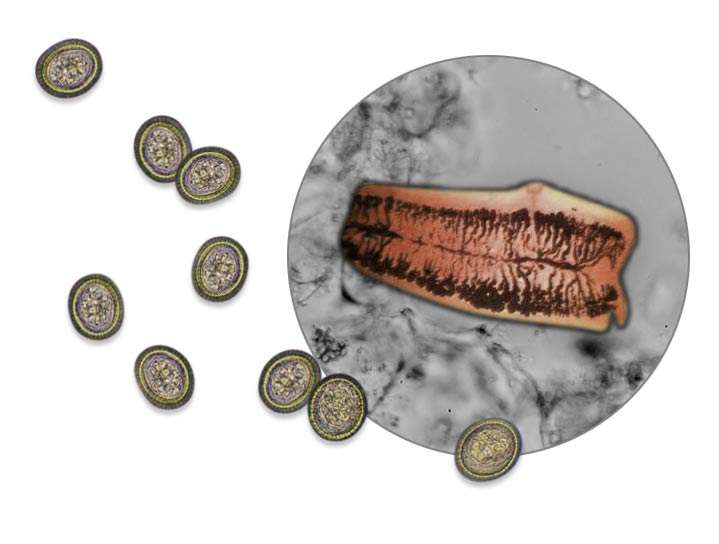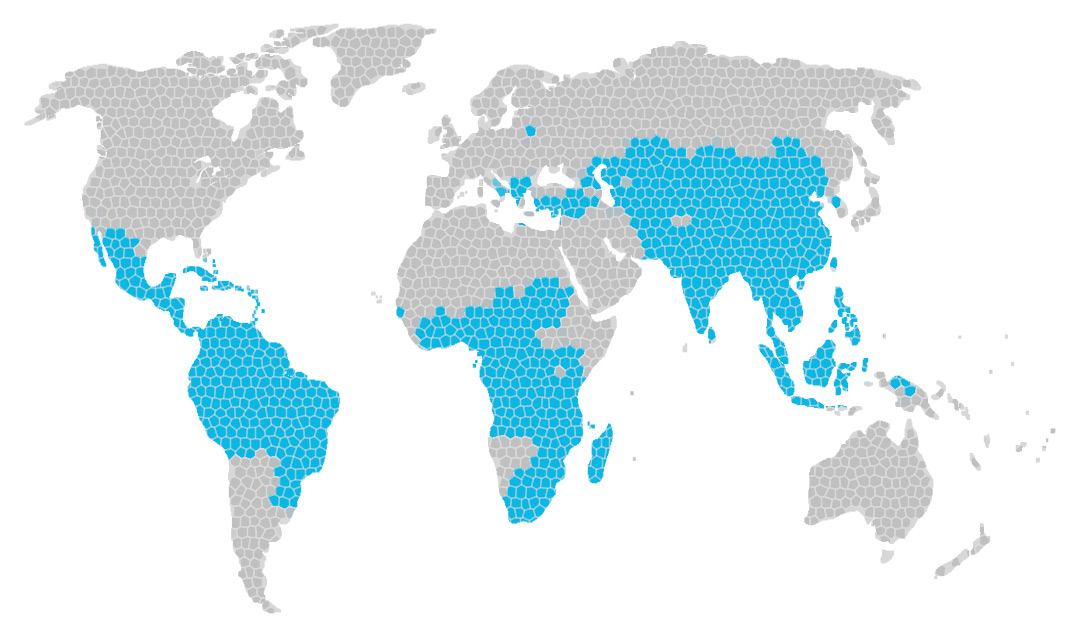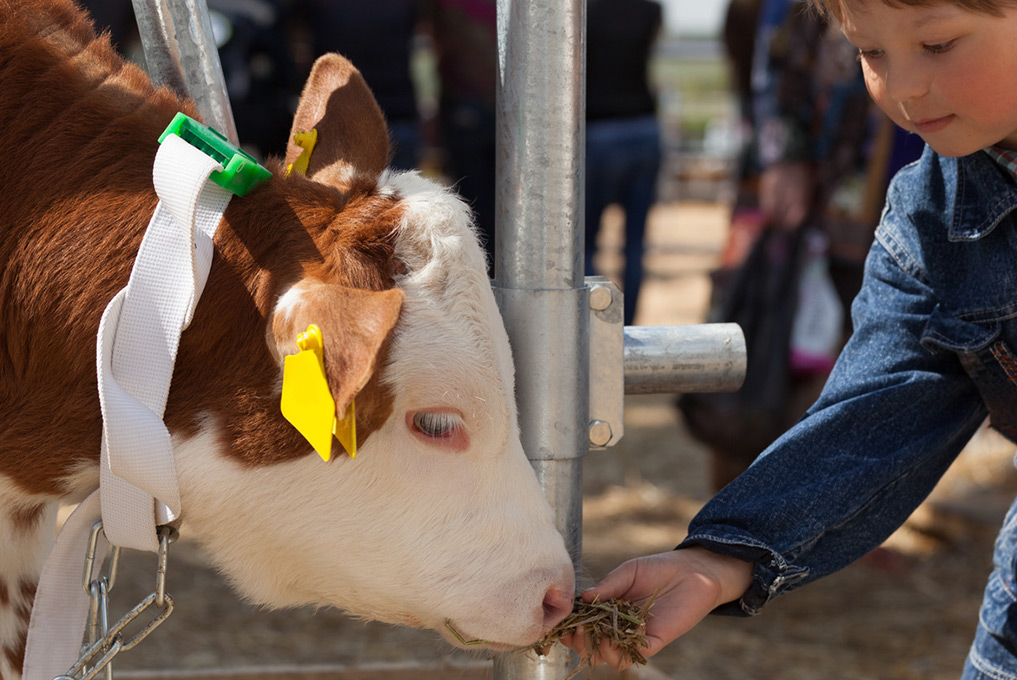
PIONEERING ARTIFICIAL INTELLIGENCE
TO INCREASE GLOBAL FOOD SAFETY
Farmers, ranchers, and other food producers around the world are challenged by an invisible enemy every day. Parasites lurking in food sources can go undiagnosed and untreated, which often leads to infection in the food and in humans. Until now, diagnosing and treating these parasites was complicated, time consuming, and expensive. Now, food producers have an Artificial Intelligence on their side.
SCROLL DOWN
SCIENTIFICALLY SUPERIOR
QMIRA™ has developed an Artificial Intelligence that uses an integrated method to identify, diagnose, and intervene in parasitic infections.
Through this technology, food producers now have the ability to focus on individual samples, scan the samples, analyze the findings, and produce a comprehensive report identifying the parasites.
EASY TO IMPLEMENT & USE
FOCUS
Using Artificial Intelligence, a sample is inserted into a slot, and a high powered microscope focuses in on a potential problem.
SCAN
The microscope then scans the sample looking for any signs of parasites. During the scan, thousands of photos are taken while the Artificial Intelligence discerns parasites from other debris.
ANALYZE
The sample is analyzed for up to seven different parasites. The Artificial Intelligence is so powerful it has the ability to measure the size of the ova present and indicate the degree of the infection.
REPORT
After the scan and analysis are complete, a comprehensive report is created that can be used to successfully treat the sample source.
ULTRA-EFFICIENT
Now, anyone in the food production industry can be a scientist that diagnoses and treats parasite infections.
With this Artificial Intelligence solution, food producers can stop the spread of parasites between their animals, crops, and even into human consumption. The technology can also be used to eliminate the need to treat food sources with chemicals and medications.
- Treat parasite infections before symptoms begin
- Reduce the amount of time and cost it takes to test
- Avoid treating the entire food source when only a fraction is infected
- Increase the effectiveness of quarantines on food sources
- Decrease the number of chemicals used to treat food sources
A CASE STUDY
BEEF TAPEWORM
INTRODUCTION
ABOUT TAPEWORMS & TAENIASIS
Taeniasis is a parasitic infection caused by tapeworms. This infection can be contracted by eating raw or undercooked beef. Taeniasis is especially dangerous because symptoms are usually mild to nonexistent, and when left untreated, infection leads to a disease that causes seizures.
- The species of tapeworms contracted by cattle can also be easily contracted by humans.
- Tapeworms can invade many different types of tissues in the body, which means affected cattle can carry tapeworms within muscle tissue.
- A full grown worm can last for 25 years or more.
- Tapeworms can grow to become up to 82 feet long.

PROBLEM
NEGATIVE IMPACT
- Taeniasis is one of the leading causes of death from foodborne diseases and parasitic infections.
- 0.05% of surveyed U.S. cattle are infected with tapeworm.
- There are approximately 100 million cases of taeniasis worldwide each year.
- About 30% of cases of epilepsy are caused by taeniasis.
- There are 1,000 new human cases of taeniasis in the U.S. annually.
TAENIA ENDEMICS
Tapeworms are found in most places across the globe, however, many countries are suffering from taenia endemics. Here is a map that shows the areas of the globe most affected by taeniasis.

DIAGNOSING THE ISSUE
- Diagnosing tapeworm in both cattle and humans is difficult because symptoms do not appear until the infection is serious.
- Tapeworm infections cause decreased weight and have the potential to ruin the carcass value if an animal is slaughtered before the infection is diagnosed and treated.
- When a herd has an active infection, 20% of the herd will have 80% of the worms, which makes testing the herd difficult and time-consuming.
- Because testing an entire herd presents time and budget constraints, beef farmers have resorted to routine wormings for the herd, whether they know of an infection present or not.
- Routine wormings are often not as effective as treating a specific case of worms because of seasonal and environmental factors that spur the growth of infection.
- Without an accurate way to pinpoint which animals are infected, farmers cannot properly quarantine sick cattle.
Even when cattle are specifically tested for tapeworm infections, proper diagnosis can be difficult, especially with a large group of animals. In a study, inspectors failed to detect 26% of known infected cattle.
SOLUTION
ARTIFICIAL INTELLIGENCE FROM QMIRA™
With our technology, cattle farmers can prevent tapeworm outbreaks by having access to reliable, regular testing. This will result in fewer quarantines and a decreased need to medicate sick animals. Fewer infections at the source will decrease incidences of taeniasis in humans as well. Our technology is:
- Scientifically superior because it accurately diagnoses the problem.
- Easy to implement and use for any size of cattle operation across the globe.
- Ultra efficient to decrease operational expenses, decrease treatment costs and increase profits by allowing for healthy and steady weight gain.
THE FUTURE
U.S. TOTAL MEAT CONSUMPTION
Billions of lbs.
With meat consumption on the rise, cattle farmers need to find an effective way to diagnose and treat infections. The Artificial Intelligence that QMIRA™ developed can help promote growth and weight gain by keeping cattle healthy to support farmers who are faced with a growing demand for beef.
APPLYING THE TECHNOLOGY

The World Health Organization (WHO) has a stated goal of eliminating taeniasis in selected countries by 202o, which will require a reliable way to test, diagnose, and treat those infected. The Artificial Intelligence that QMIRA™ developed can be universally and effectively applied to food production operations of all sizes around the globe, allowing them to resolve infections before they have a chance to spread to the human population.
REVOLUTIONIZE FOOD SAFETY WITH US
QMIRA™ IS BUILDING A MORE INTELLIGENT FUTURE
Are you ready to be part of that future? Contact our team for more information about distribution.
